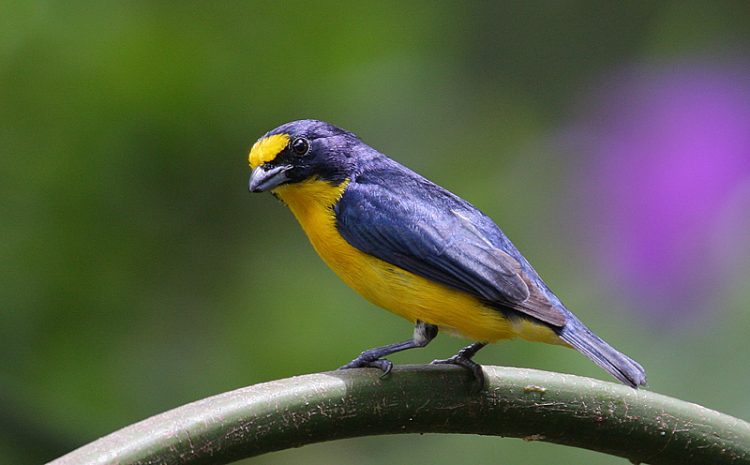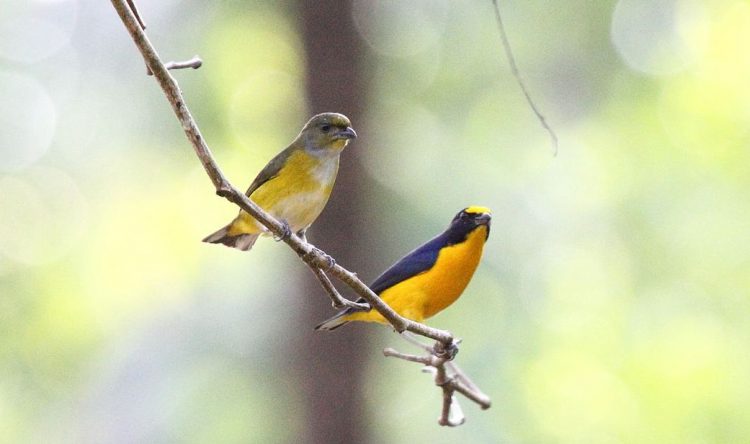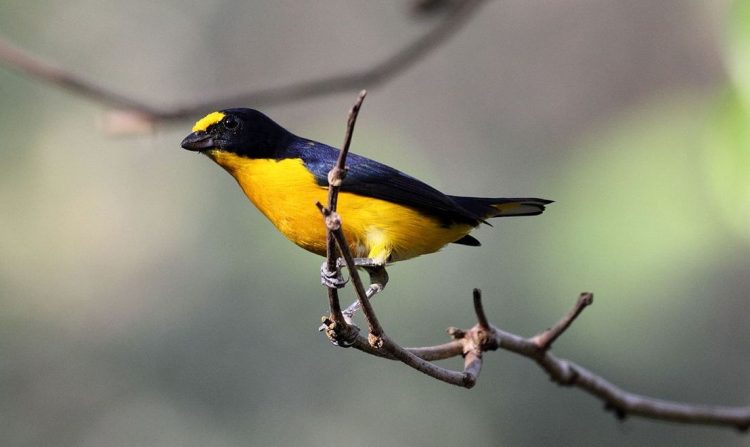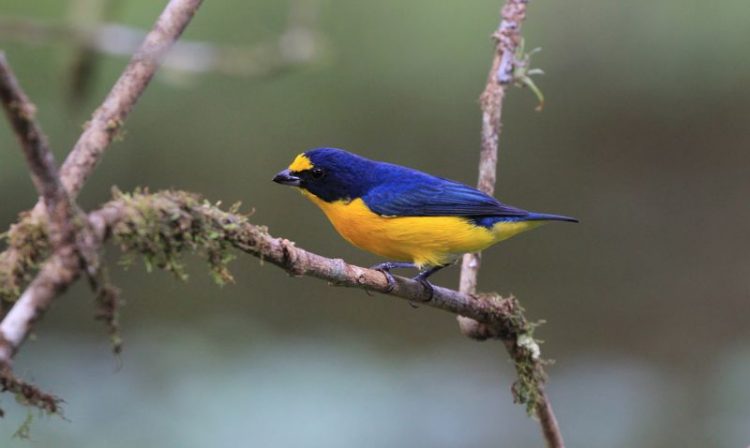There is very little known about the life history and behavior of the Great Potoo (Nyctibius grandis). Perhaps this species generally roosts in very tall trees in tropical forests. It’s coloration-white with brown mottling-matches closely that of the limbs on which it rests. The hunting as well as the roosting habits of N. grandis observations made above the canopy of a primary lowland wet forest at Finca La Selva (a research station of the Organization for Tropical Studies), near Puerto Viejo, Heredia Province, on the Caribbean coast of Costa Rica.
Great Potoo first observation in 1978 from a platform where built 33 m up in a Monkey-pot tree (Lecythis costaricensis). It sat on a limb of a leafless, 46 m tall Hymenolobium sp. (Leguminosae) tree some 80 m away, within unbroken forest in the south corner of Washington Plot (a permanent research site at La Selva).
The bird was very difficult to distinguish, for it closely resembled the stump of a branch. This was the first time a Great Potoo had been seen in the area. The species has not been previously reported with certainty from Costa Rica, although expected, for it was known to occur in regions to the north and south.
The very few records from the north have come from Nicaragua, Guatemala and a sighting, but no specimens, from Honduras. On the afternoon the bird perched on the same limb as before at my level. It stood within a small area of bare bark, devoid of the usual encrusting lichens, suggesting that this was a regular perch site.
Over the next two months I visited the tree at varying intervals and nearly always found the bird there. I photographed it repeatedly, confirming the identification, and noted some of its behavior. When the potoo was not disturbed, it sat upright, facing forward, eyes closed, and with its head feathers erect so that it had an owl-like appearance.
My presence several meters away did not seem to disturb the bird. When I made abrupt moves that shook the tree or when I called out, the potoo apparently became alarmed and immediately raised its head until it faced vertically, with eyes closed and head feathers depressed. In this position it resembled even more closely a part of the branch. Often, in either position, the mouth was held partially open. The bird was probably panting as it always sat in full sun.
The mouth lining was a dull red. Occasionally, for no apparent reason, the potoo shifted its body to a horizontal orientation; its head however, remained facing out, never down. At other times it stretched its wings or turned its head and looked around. The bird perched on lateral limbs of the tree crown that ranged in diameter from about 15 cm to about 35 cm. It stayed within regions from one-half to two-thirds of the distance from the trunk to the periphery of the crown.
During the period of my observations, the Hymenolobium tree was in its reproductive phase. By the last two weeks of August, the fruit had become attractive to other birds, especially the Red-lored Parrot (Amazona uutumnulis). These parrots came to the tree in groups of up to twenty and foraged noisily. On 23 August, after several days of this activity, I searched for the potoo but it was not in the Hymenolobium.
On 1 September the potoo was in the tree again. At around 16:OO several Red-lored Parrots flew into the tree and began walking about the limbs looking for fruit. One parrot came to within a meter of the potoo, and the latter appeared to become agitated. It looked repeatedly toward the parrots as it made uncharacteristically quick movements and finally assumed its vertical alarm posture.
The bird was not in the tree the next day and it still had not returned by 15 September, when I left La Selva. The coloration of the potoo matches closely that of the lichen-covered limbs of Hymenolobium sp., and these trees, along with others that have similarly colored limbs, could be preferred perches. The species is probably more numerous than is generally realized but its cryptic coloring and habits make it difficult to find. Further inspection of canopy tree crowns may corroborate these conclusions.
Reference - DONALD R. PERRY







 The Yellow-throated euphonia ranges from southern Mexico to western Panama, through the lowlands of both coasts and into the highlands to an altitude of possibly 4000 feet above sea level.
The Yellow-throated euphonia ranges from southern Mexico to western Panama, through the lowlands of both coasts and into the highlands to an altitude of possibly 4000 feet above sea level. The male and female worked in the closest harmony. Usually, they arrived together, each with a length of the grass blade in its bill.
The male and female worked in the closest harmony. Usually, they arrived together, each with a length of the grass blade in its bill. The male is a brilliant little bird, black glossed with violet and blue over all the upper plumage except the forehead and forepart of the crown, which bright yellow like the entire underparts are.
The male is a brilliant little bird, black glossed with violet and blue over all the upper plumage except the forehead and forepart of the crown, which bright yellow like the entire underparts are. From the other black and yellow euphonias that inhabit northern Central America.
From the other black and yellow euphonias that inhabit northern Central America. Yellow-throated euphonia wander widely through clearings and plantations with scattered trees, where they feed largely on the berries of mistletoes.
Yellow-throated euphonia wander widely through clearings and plantations with scattered trees, where they feed largely on the berries of mistletoes.













